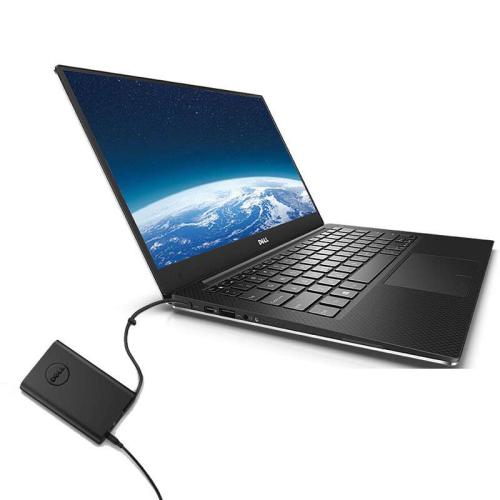

Nominal data rates on USB4 are 20Gbps and 40Gbps.

Support for USB Power Delivery is now mandatory and the standard now allows for DisplayPort and PCI Express tunneling. USB4 requires USB-C, while previous standards merely made it an option. The descriptions below apply to all versions of USB currently in use, including USB4, 3.0, 3.1, 3.2, and their various sub-standards (1×2, 2×2, etc). Power always flows from the host to the device, although data can flow in both directions, such as when you copy files back and forth between your computer and your phone. In almost every case, your PC is the host, and your smartphone, tablet, or camera is the device. In a USB network, there is one host and one device. Separately from that, there’s USB-C, which is a physical connection standard that devices can use. USB 1.0 is old enough that you’ll virtually never see it, so USB2-USB4 covers the spectrum for most people. There are now six USB specifications - USB 1.0, 2.0, 3.0, 3.1, 3.2, and USB4. It turns out there’s a method to all this madness - but first, we have to explain how USB power actually works. On some desktop PCs, even when they’re turned off, you can charge your smartphone via a USB socket. Sometimes, one USB socket on a laptop is seemingly more powerful than the other. You’ve probably noticed that some wall chargers are stronger than others. Not all USB chargers, connectors, and cables are born equal.


 0 kommentar(er)
0 kommentar(er)
